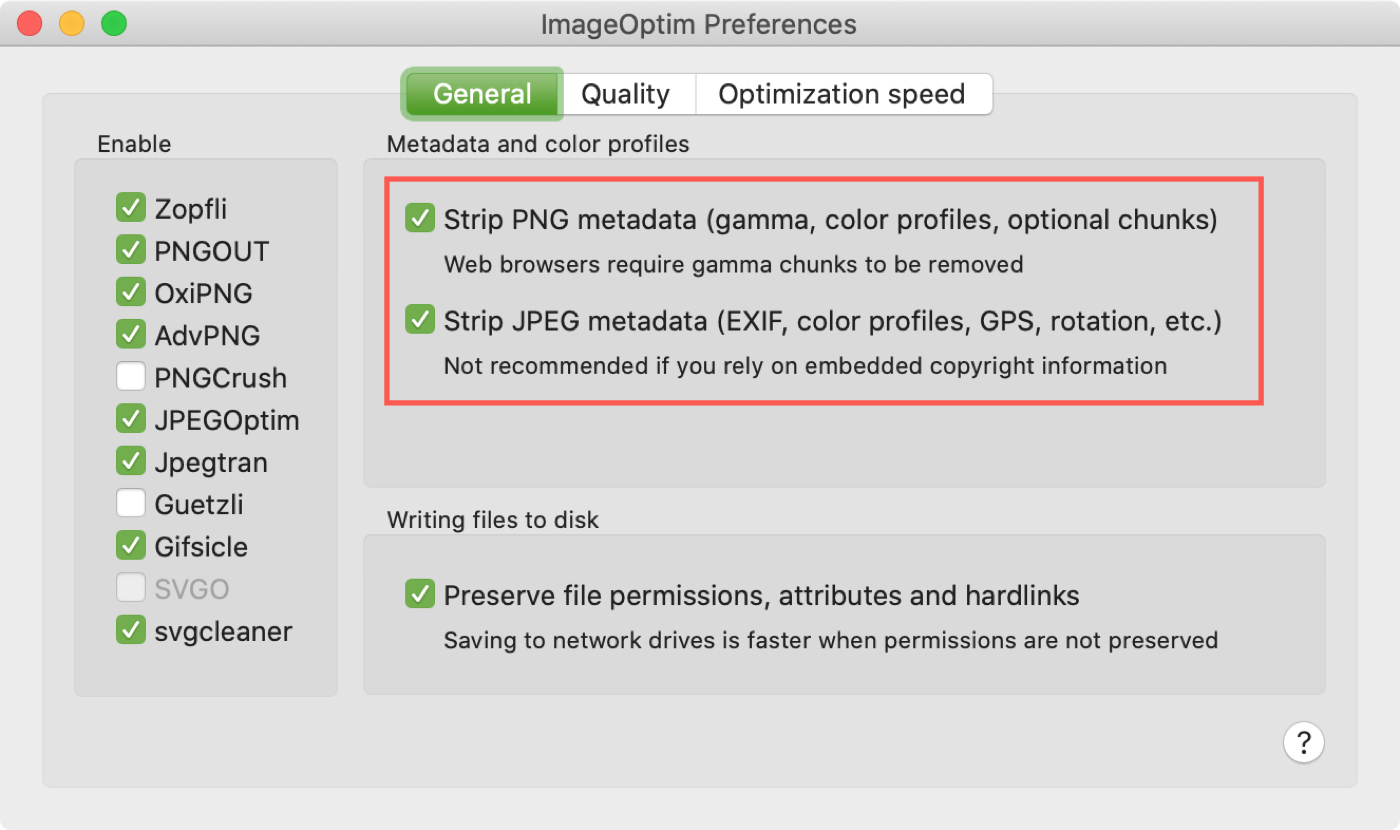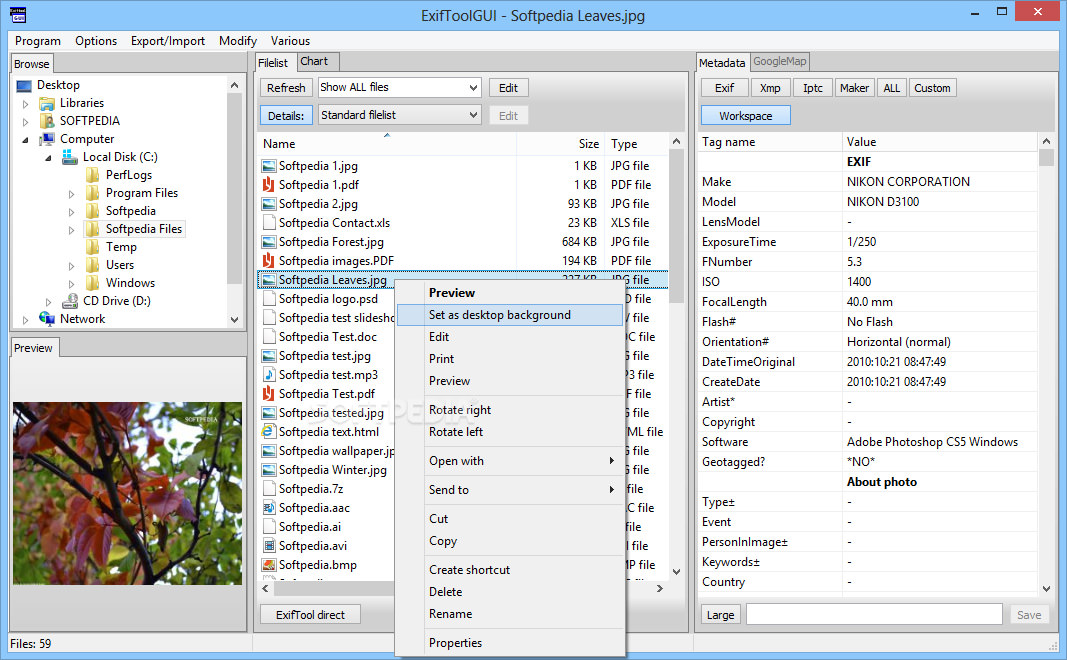

Note that the data in each column is assumed to be categorical unless specified otherwise. For example, a “Smoker” column would include either “Yes” or “No”. All subsequent column headers (except the last one) are metadata headers.Leading and trailing spaces will raise a warning when using validate_mapping_file.py. Only IUPAC DNA characters are acceptable. The third column header must be “LinkerPrimerSequence”, where each value in that column corresponds to the primer used to amplify that sample.The second column header must be “BarcodeSequence”, where each value in that column corresponds to the barcode used for each sample.The first column header must be “#SampleID”, and the data in this column must contain unique (short and meaningful) sample identifiers containing only alphanumeric and period (”.”) characters.The following details the current mapping file guidelines: $, *, ^, etc) are not supported at this time and use of those characters may cause problems downstream in the QIIME pipeline.Ĭurrently, the user has the ability to define their own column headers, however QIIME will be adopting the MIMARKS standard, therefore all column headings MUST correspond the proper MIMARKS nomenclature ( ). multiple 454 runs, multiple FASTA files) with a single mapping file.Įach column header MUST contain alphanumeric (a-z, A-Z and 1-9) and/or underscore (“_”) characters only, where the header MUST start with letter. Alternatively, you can combine multiple runs (e.g. For example, if you have bundled several unrelated studies into one 454 run (for instance, a mouse study, a soil study and a fish study), and need to analyze each study separately, you would generate three separate mapping files that specify a subset of samples and their associated metadata. Each FASTA file must have at least one mapping file but multiple mapping files can be defined for any given FASTA file. The mapping file relates barcodes in the FASTA file to each sample and their related metadata. One should also include in the mapping file any metadata that relates to the samples (for instance, health status or sampling site) and any additional information relating to specific samples that may be useful to have at hand when considering outliers (for example, what medications a patient was taking at time of sampling).

In general, the mapping file should contain the name of each sample, the barcode sequence used for each sample, the linker/primer sequence used to amplify the sample, and a description column. This file contains all of the information about the samples necessary to perform the data analysis. The mapping file is generated by the user.


 0 kommentar(er)
0 kommentar(er)
